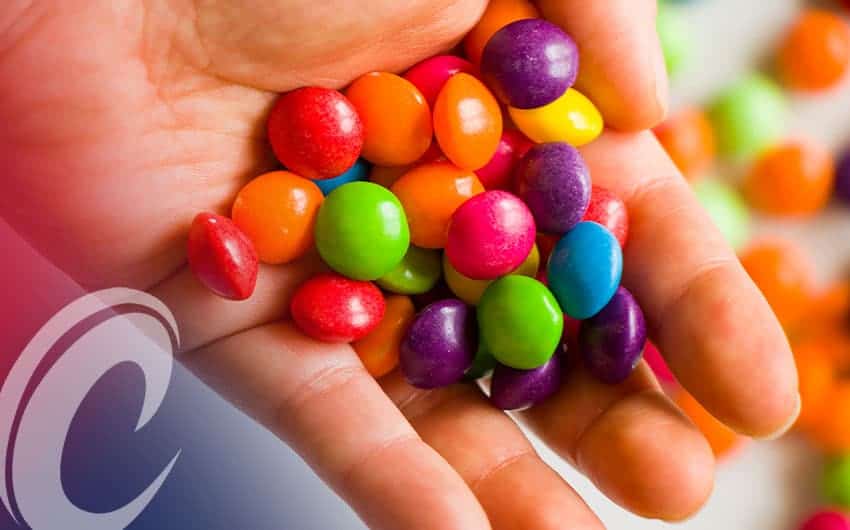The vibrant colors of fruits & veggies aren’t only nice to look at. They also tell us which special disease-fighting phytonutrients are inside. Most people don’t get enough phytonutrients. Learn what the phytonutrients do. And how much of each you need to fight disease and stay stronger for longer. These “color deficiencies” increase our risk of heart disease, osteoporosis, cancer, diabetes, and more. To maximize your health, try to eat 1 cup of each color per day. What are the colors? Red, green, purple, orange, and white. Contact us for examples of each to easily add to your daily menu.
And, if you’re a parent, you probably know how hard it can be to get your child to eat what’s in front of them. Yet you can’t make kids like their vegetables. Or embrace new foods. Or eagerly choose healthy snacks. So, what can you do? Put the focus on helping your kids—not on making them. If it sounds like we’re quibbling over semantics, trust us: The word “help” can make a world of difference—in their attitude, and yours.
We know because our nutrition habits have used this “help not make” mindset to guide thousands of people toward healthier eating habits and better food choices. At home, we’ve used it to help our own kids eat their vegetables, voluntarily, reach for fruit, enthusiastically, and develop a healthy relationship with food.
Mike Hannegan is an Athletic Trainer and Strength and Conditioning Specialist at Compete Sports Performance and Rehab in Orange County, CA. Mike is a former Athletic Trainer in the NHL with the St. Louis Blues and Anaheim Ducks and is also a Precision Nutrition consultant.

